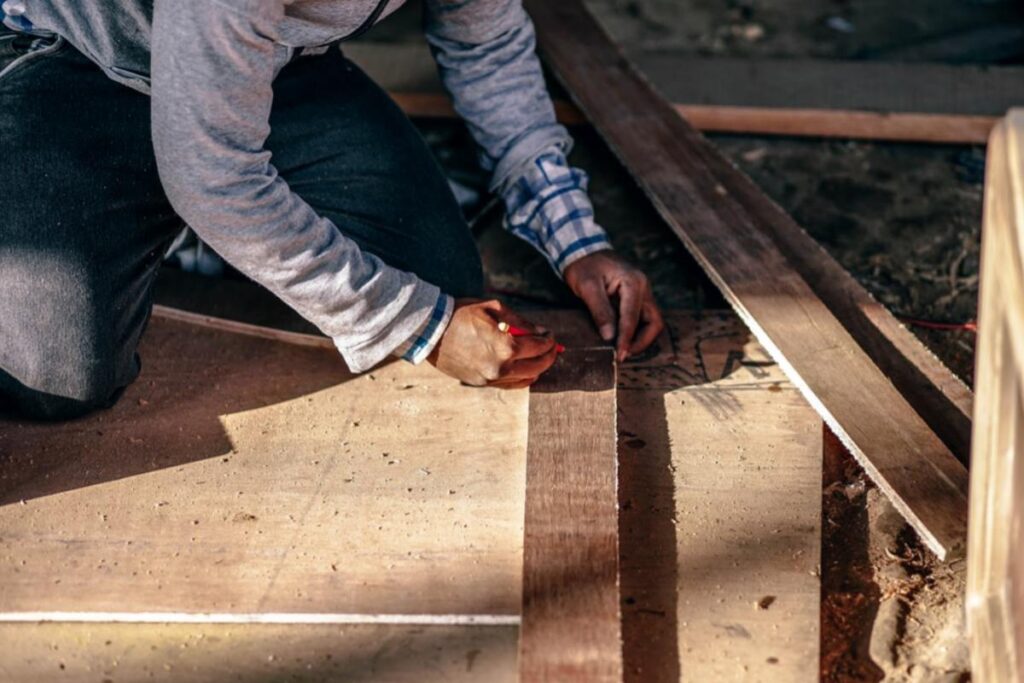In our rapidly changing world, sustainability has moved from a niche interest to a critical factor in decision-making for many households. Creating an environmentally friendly home is not just a trend but a meaningful contribution to conserving resources and reducing carbon footprints. This guide will explore six practical and impactful ways to incorporate sustainability into your living space.
From energy efficiency and water conservation to reducing waste and supporting eco-friendly materials, these measures aren’t just good for the planet; they add value to your home and can lead to significant savings in the long run. Join us as we delve into transforming your abode into a green sanctuary that benefits both the earth and your well-being.
Harness Solar Energy
Investing in solar energy is one of the most impactful decisions when it comes to creating a sustainable home. By installing solar panels, homeowners can harness renewable energy to power their homes, reducing reliance on fossil fuels and lowering electricity bills. Solar energy systems have become more affordable and efficient over the years, making this green option more accessible to a broader audience.
Moreover, integrating solar energy with smart home technology can maximize efficiency and utilization. Home energy management systems allow you to monitor and control energy consumption, ensuring that your household uses solar power in the most effective way possible.
Embrace Sustainable Building Materials
Choosing sustainable building materials is vital for eco-friendly home renovations or new construction. Materials like bamboo, cork, and sustainably sourced wood are not only renewable but also offer a smaller environmental footprint compared to conventional options. They provide durability and natural beauty, often with the added benefit of being recyclable or biodegradable.
When selecting paints and finishes, opt for products with low volatile organic compounds (VOCs). These substances can release toxic emissions into the air, harming indoor air quality. Low-VOC and zero-VOC options help create a healthier living environment and reduce air pollution.
Upgrade to Energy-Efficient Appliances
Making the switch to energy-efficient appliances can lead to substantial energy savings and is a crucial step towards sustainability. Look for products with the ENERGY STAR label—these meet the energy efficiency guidelines set by the states. Environmental Protection Agency. Replacing older, energy-hungry appliances with new, efficient models can significantly reduce your household’s power consumption.
In addition to energy savings, these appliances often come with advanced features that improve performance and convenience. For example, modern washing machines have settings that can adjust water usage based on the laundry load, and energy-efficient refrigerators maintain more consistent temperatures to keep food fresher for longer.
Implement Water-Saving Fixtures
Water is a precious resource, and conserving it is essential for a sustainable future. Installing water-saving fixtures like low-flow showerheads, faucets, and toilets can dramatically cut down on your home’s water usage. These fixtures are designed to provide the functionality you need with less water, often with no noticeable difference in performance for the user.
Rainwater harvesting systems can also contribute to reducing your water usage by collecting rainwater for non-potable uses like watering the garden, flushing toilets, and even washing cars. This not only saves water but reduces the strain on municipal water supply systems.
Cultivate a Green Garden
Creating a green garden space serves as a mini ecosystem for local flora and fauna while providing fresh air and a peaceful retreat for homeowners. Opt for native plants that are adapted to the local climate and require less water and maintenance. This not only supports biodiversity but also minimizes the need for chemical fertilizers and pesticides, which can be harmful to the environment and human health.
Installing a composting system can further enhance your garden’s sustainability by turning organic kitchen waste into nutrient-rich compost for your plants. Composting reduces landfill waste and provides your garden with a natural, chemical-free source of fertilizer.
Reduce, Reuse, Recycle
A fundamental aspect of sustainable living is adopting the principles of reducing, reusing, and recycling. Start by minimizing waste production in your home by choosing products with less packaging and opting for reusable items over disposable ones. For example, using cloth grocery bags, rechargeable batteries, and durable water bottles can significantly cut down on single-use plastic.
Set up a home recycling system to ensure that recyclables like paper, glass, and plastic are properly sorted and sent to recycling facilities. Creating a designated space for recycling bins encourages all household members to participate in the process, making it a household habit rather than a chore.

Transforming your home into a sustainable haven is not only an investment in your quality of life but also a bold step toward environmental responsibility. Each of these six strategies—from incorporating solar energy and sustainable materials to energy-efficient appliances, water conservation, green gardening, and the practice of reducing, reusing, and recycling—can have a significant impact on reducing your ecological footprint.
By integrating these changes into our homes, we pave the way for a more sustainable future, creating spaces that are in harmony with the environment and inspiring others to follow suit. Remember, the journey toward sustainability starts with small, mindful steps, and together, our collective actions can lead to monumental change for our planet.











